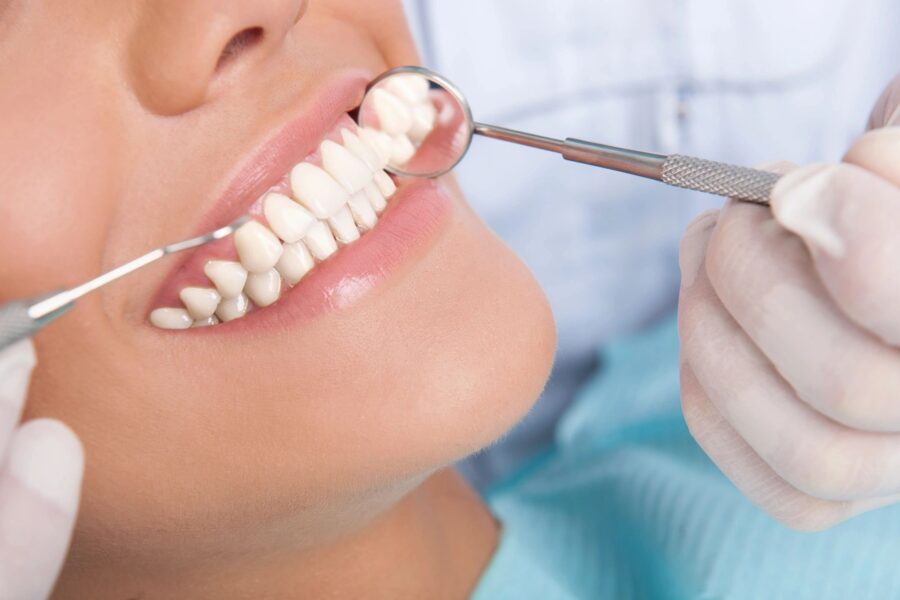- Can Malocclusion Cause Gum Disease?
Although having an improper bite does not cause periodontal disease, it can exacerbate it. To effectively treat a patient with active gum disease, your periodontist must also correct any trauma that is caused by a bad bite or malocclusion.
- What Can Cause Malocclusion?
One of the most common reasons for malocclusion is tooth loss. Losing a tooth affects your remaining teeth, which may cause them to shift.
This not only affects the teeth next to the space, but also those that used to oppose your missing tooth as they will begin to drift toward space. This shifting will change the way your teeth bite together, resulting in malocclusion.
- Why is Malocclusion a Problem?
Shifting doesn’t just cause your teeth to look different, it can also cause destabilization effects to not only your teeth, but also the way your teeth bite together that can lead to problems with your jaw joints, put stresses on your jaw muscles, add stress to leftover teeth, and can cause chewing and speech problems.
- How Does Periodontal Disease Affect your Bite?
Periodontal disease can not only cause tooth loss in severe cases, it can also contribute to tooth shifting because the gum infection leads to loss of our jawbone that holds your teeth securely in position. When the jawbone is weakened, teeth can move slightly, which you now know causes malocclusion.
- How Can Malocclusion Be Treated?
Malocclusion can be treated when your dentist or periodontist performs a bite adjustment, so your teeth fit together better. This is done through a process called an occlusal adjustment, which is a simple procedure that reshapes your teeth so they fit together more uniformly. Additionally, your dentist or periodontist may also recommend splinting mobile teeth together to add support and keep them from shifting again. They may also recommend an occlusal appliance as well.
Occlusal treatment is especially important in the LANAP® Protocol or when regenerative therapy is used because traumatic occlusion caused by malocclusion can cause tooth movement that can disrupt the graft and inhibit regeneration and healing.
- Why is a Proper Occlusal Adjustment Important?
Once the occlusal adjustment procedure is done, it cannot be reversed, which is why having a specialist who knows how to plan the adjustment based on your own mouth, tooth surfaces, and bite must occur before any adjustment is made. This planning is accomplished by thoroughly studying your bite contact within the patient’s mouth through dental impressions and bite indicators. While there are usually only side effects of an occlusal adjustment, you may have some mild & temporary discomfort.
